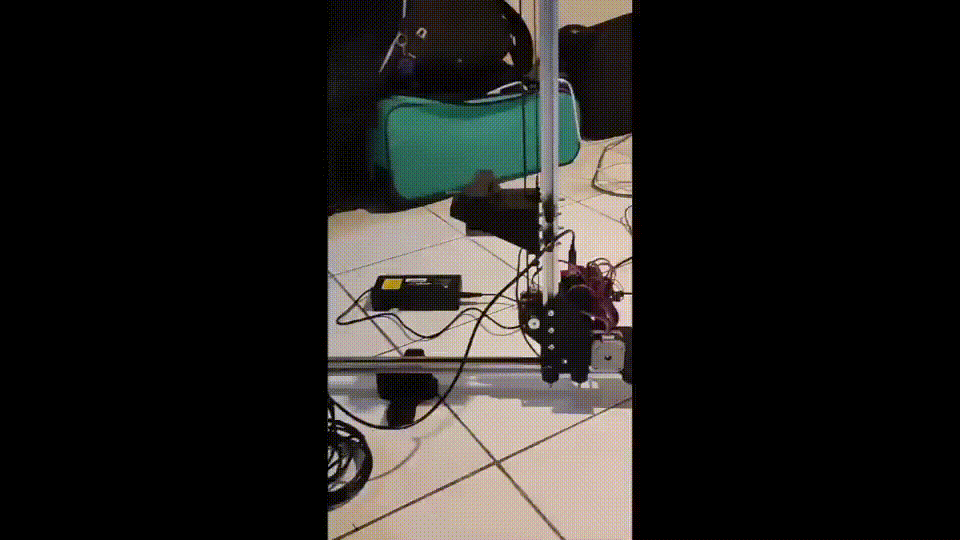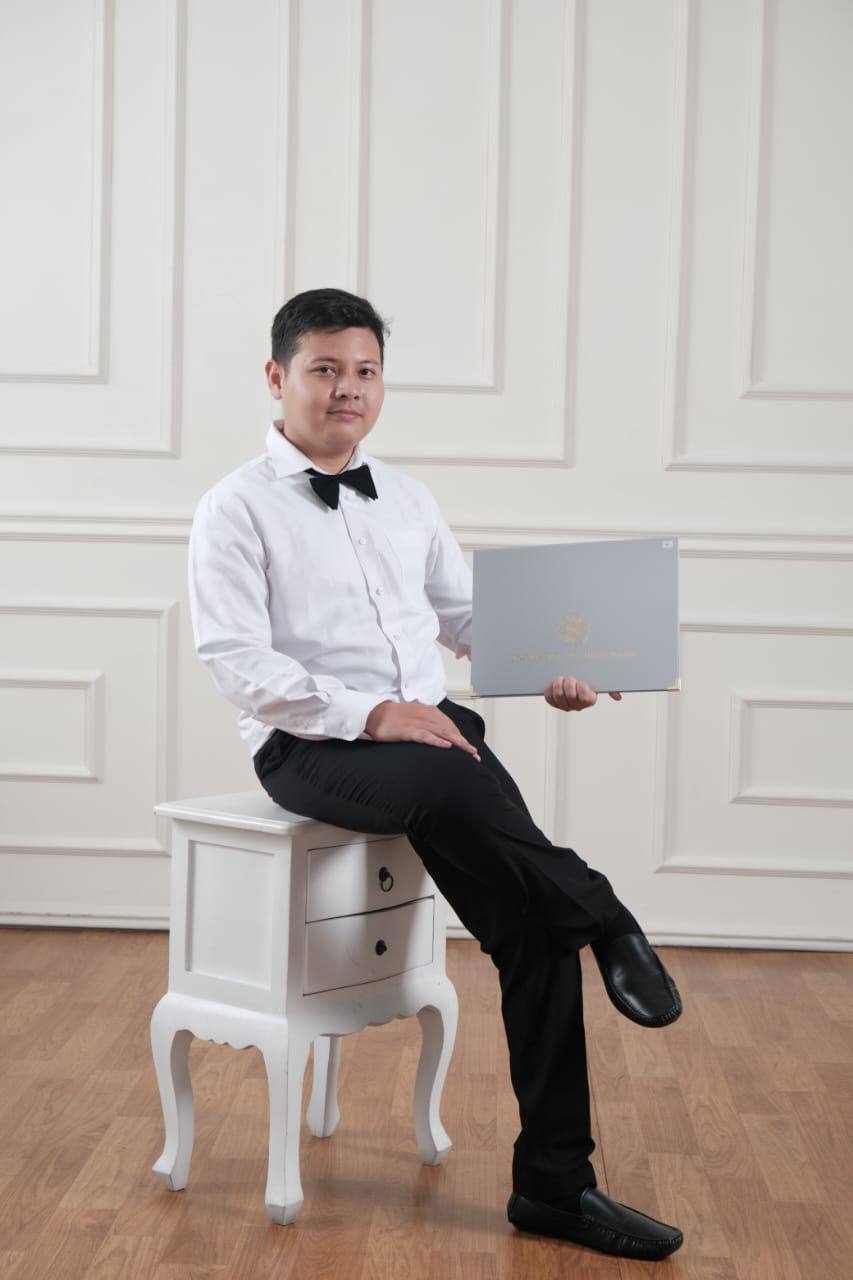Custom Automatic Light Sensor Holder using CNC
Project Title: Custom Automatic Light Sensor Holder using CNC

1. Project Overview
This project aims to design, build, and automate a custom holder for a light sensor using CNC (Computer Numerical Control) technology. The holder was created with CAD software, programmed with Arduino and GRBL, and built with a CNC kit including a motor and rail system to facilitate precise, automated adjustments.
2. Objectives
- To design a light sensor holder that can automatically adjust its position based on specific lighting conditions.
- To use CNC machining for precise and custom holder fabrication.
- To integrate Arduino and GRBL for CNC control, enabling automated positioning based on sensor readings.
3. Project Components
- CAD Design: Custom light sensor holder designed using CAD software.
- CNC Programming: Programmed using Arduino and GRBL for motion control.
- CNC Hardware Kit: Motor, rail, and CNC components assembled for precise, programmable movement.
4. Workflow and Documentation
Part 1: Custom Design Using CAD
- Objective: Create a 3D model of the light sensor holder with mounting points for secure sensor placement.
- Tools: Fusion 360.
- Process:
- Created initial sketches to define the base dimensions and mounting points.
- Used extrusion tools to form the base structure and sensor-holding arms.
- Designed slots for fasteners and adjustments to accommodate different sensor models.
- Exported the final design as STL for CNC machining compatibility.
- Outcome:
- A fully-detailed 3D model suitable for CNC processing.
- STL and G-code files generated for machining.
Part 2: CNC Programming Using Arduino and GRBL
- Objective: Develop CNC code to automate the holder’s positioning based on light sensor input.
- Tools: Arduino IDE, GRBL firmware.
- Process:
- Installed GRBL on Arduino to serve as the control interface for CNC operations.
- Programmed Arduino to interpret light sensor data and convert it into positioning commands.
- Used G-code commands to define precise movements along the X, Y, and Z axes.
- Calibrated movements and set limits to prevent damage to the holder or sensor.
- Outcome:
- Successfully programmed Arduino to manage CNC operations with light-based positioning commands.
- Demonstrated response and accuracy in positioning adjustments based on light levels.
Part 3: CNC Kit Assembly with Motor and Rail
- Objective: Set up the CNC system to provide stable, accurate movement for the sensor holder.
- Components: CNC motor, rail system, Arduino, GRBL controller.
- Process:
- Assembled the motor and rail system to support movement along designated axes.
- Connected the motor drivers to Arduino and configured GRBL settings to match the CNC kit specifications.
- Conducted test runs to ensure smooth, controlled movement along the rails.
- Adjusted speed, acceleration, and other parameters to balance precision and performance.
- Outcome:
- CNC setup completed with reliable, responsive movement for automatic light adjustment.
- The sensor holder was mounted securely on the rail, allowing for fine adjustments.
5. Results and Evaluation
- The Custom Light Sensor Holder meets all requirements for automated, light-based adjustment.
- CNC precision and automated positioning provided a high level of accuracy, allowing the sensor to respond optimally to light variations.
- The project was a success, with the final holder design being robust, adjustable, and efficient in maintaining light-based positions.
6. Future Improvements
- Implement more sophisticated feedback algorithms for finer adjustments.
- Explore advanced CNC kits for higher speed and precision if scaling up the design.
- Add a user-friendly interface to allow manual or automated mode switching.
7. Conclusion
This project demonstrated the effective combination of CAD design, CNC programming, and hardware integration to create a custom automatic light sensor holder. The CNC setup using Arduino and GRBL allowed for precise, reliable control, making this solution versatile for light-sensitive applications.
